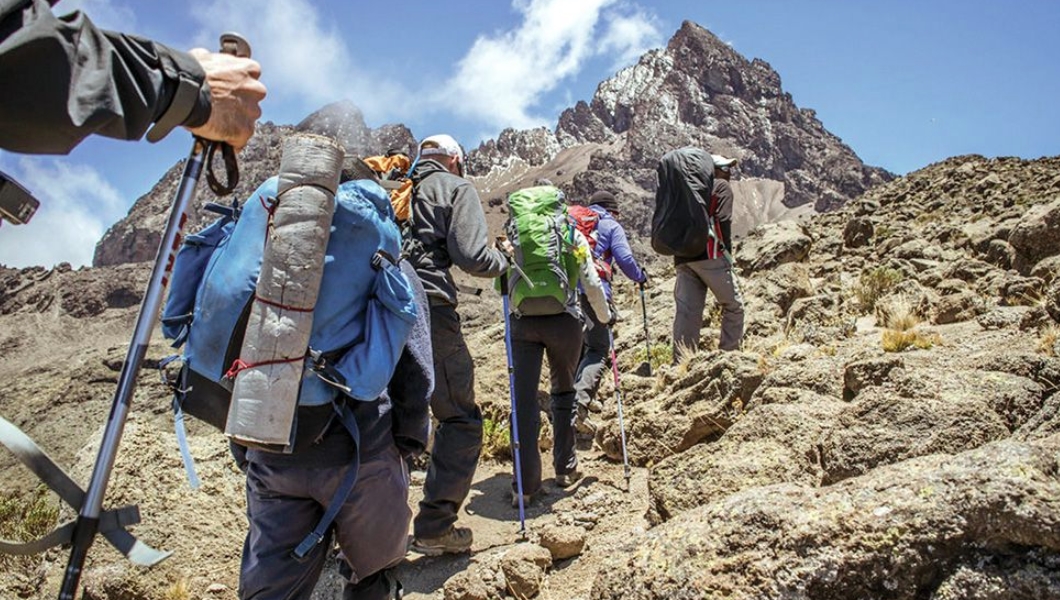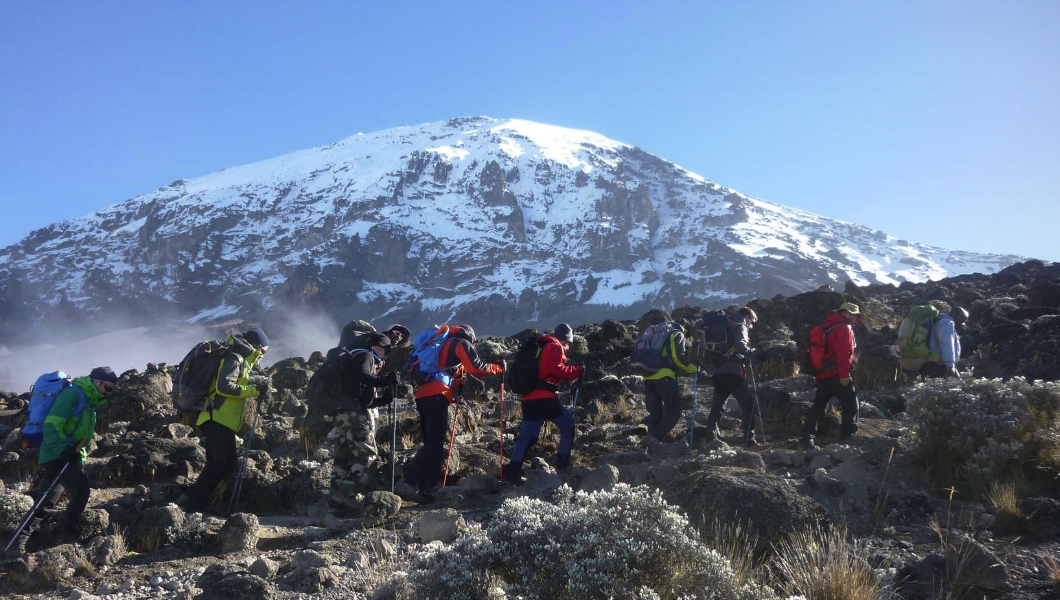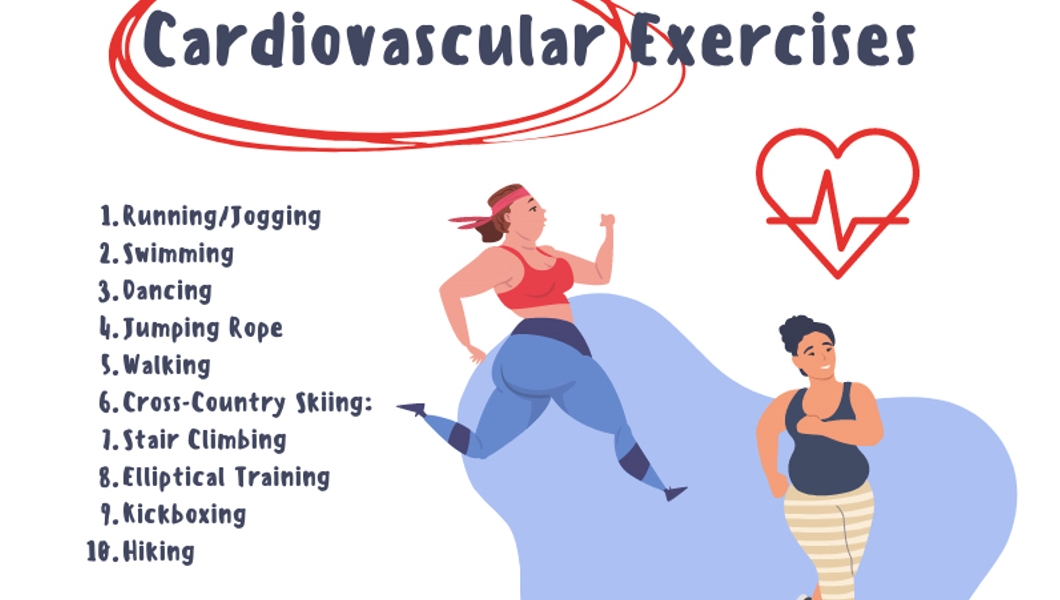
Training Tips for Kilimanjaro Hiking Safari
Training tips for a successful mountain Kilimanjaro hiking safari. When it comes to climbing Mount Kilimanjaro, many people say, “It’s about the journey, not the destination.” But let’s be honest if you’ve signed up to trek Africa’s highest peak, your main goal is to reach the summit, Uhuru Peak. The journey matters, but what really drives most trekkers is the dream of standing on top of Mountain Kilimanjaro highest peak.
Yes, people have made it to the summit without training. But many of them struggle every step of the way and don’t enjoy the experience. In today’s busy world, your time is valuable, and it shouldn’t be wasted in pain or discomfort. Kilimanjaro is a magical place, and your adventure should be full of joy but not complaints and exhaustion.
To make sure your Mount Kilimanjaro trekking is as enjoyable and successful as possible, it’s important to prepare in advance. Your body, your guides, and your fellow trekkers will all appreciate the effort. Based on personal experience, here are five essential tips to help you prepare for a successful climb.
Go Slow and Steady
A phrase you’ll often hear during mountain Kilimanjaro hiking is “Pole pole,” meaning “slowly, slowly” in Swahili. It’s not just friendly advice it’s a way of thinking and moving that helps trekkers succeed on the hike. Walking slowly helps your body adjust to the altitude and reduces the risk of fatigue or cramps in the early days of your trek.
Your guide will consistently encourage you to maintain a slow and steady pace throughout the climb. In fact, walking “pole pole” means taking about one step per second. It may feel strange if you’re used to walking fast in cities or parks, but slowing down is key to success.
This slow pace also brings mental benefits. It helps you stay calm and focused, and allows you to truly enjoy the scenery around you. Walking slowly becomes a rhythm that gives you peace and connects you with the moments of nature around you at that time.
Learn to Breathe Properly
Breathing on while climbing Mount Kilimanjaro is difficult than as it is at sea level. The air becomes thinner the higher you go, so it’s important to practice deep, steady breathing before your Kilimanjaro trekking.
Try taking deep breaths in through your nose for five to six seconds, then exhale through your nose for the same amount of time. Practicing this for just five minutes a day either standing or lying down can make a big difference when you’re climbing.
Shallow breathing won’t give your body enough oxygen. Mouth breathing often leads to gasping and even swallowing air, which is not helpful and can be uncomfortable. Breathing deeply into your belly helps you stay calm and gives your body the oxygen it needs to keep going.
If you have done yoga or meditation before, this breathing technique might already feel familiar. If not, start practicing it regularly before your trip.
Build Your Cardio Fitness
Cardiovascular exercise plays a crucial role in preparing your body for climbing Mount Kilimanjaro. Since there is less oxygen at high altitudes, even simple walking can feel like a workout.
Running, swimming, cycling, hiking any exercise that gets your heart pumping can help prepare you. Stronger cardio fitness means you’ll feel less tired during the climb and recover faster at rest stops.
Once on the mountain, your guides will regularly check your oxygen levels and heart rate. If anything looks abnormal, they’ll take immediate action to keep you safe. That’s why it’s a good idea to prepare your heart and lungs well before you start the trek.
Strengthen Your Core Muscles
Don’t forget to work on your core strength before the trip. This includes exercises like planks, crunches, and sit-ups. A strong core helps support your posture, improves balance, and reduces back or shoulder strain.
When you stand tall and maintain good posture, your chest stays open, which makes breathing easier. It also helps you move with control and confidence, especially on steep or uneven terrain.
Core exercises may not be fun, but they are essential for building stability. You’ll be carrying a backpack and walking for hours each day, so your core muscles play a major role in making the experience more comfortable.
Practice with Your Gear
Using your hiking gear before the actual climb is one of the best ways to prepare. Many trekkers buy their gear just before the trip and wear it for the first time on Day 1 of the climb. That’s not ideal.
Start by reviewing your Kilimanjaro packing list well in advance. This gives you time to buy anything you’re missing and test it out. Wear your hiking boots on local trails, practice packing and carrying your daypack, and try walking with trekking poles if you plan to use them.
Your gear should feel like second nature by the time you arrive. That way, you can focus on the trail and the beautiful surroundings not on adjusting straps or fixing uncomfortable clothes.
Practice walking slowly with your full daypack on different types of terrain. Find some hills to climb and get used to the rhythm of hiking with your gear. It will make your actual trek much smoother.
Climbing Mount Kilimanjaro is a once in a lifetime adventure. It’s not just about reaching the summit it’s also about how you feel every step of the way. With good preparation, you’ll enjoy the journey more, connect with the mountain, and increase your chances of standing proudly on Uhuru Peak.
Remember these five key tips:
- Go pole pole (slowly and steadily),
- Practice deep breathing,
- Focus on cardio fitness,
- Strengthen your core muscles, and
- Get comfortable with your gear.
The better you prepare, the more magical and meaningful your Mountain Kilimanjaro hiking trip will be. Happy climbing!





